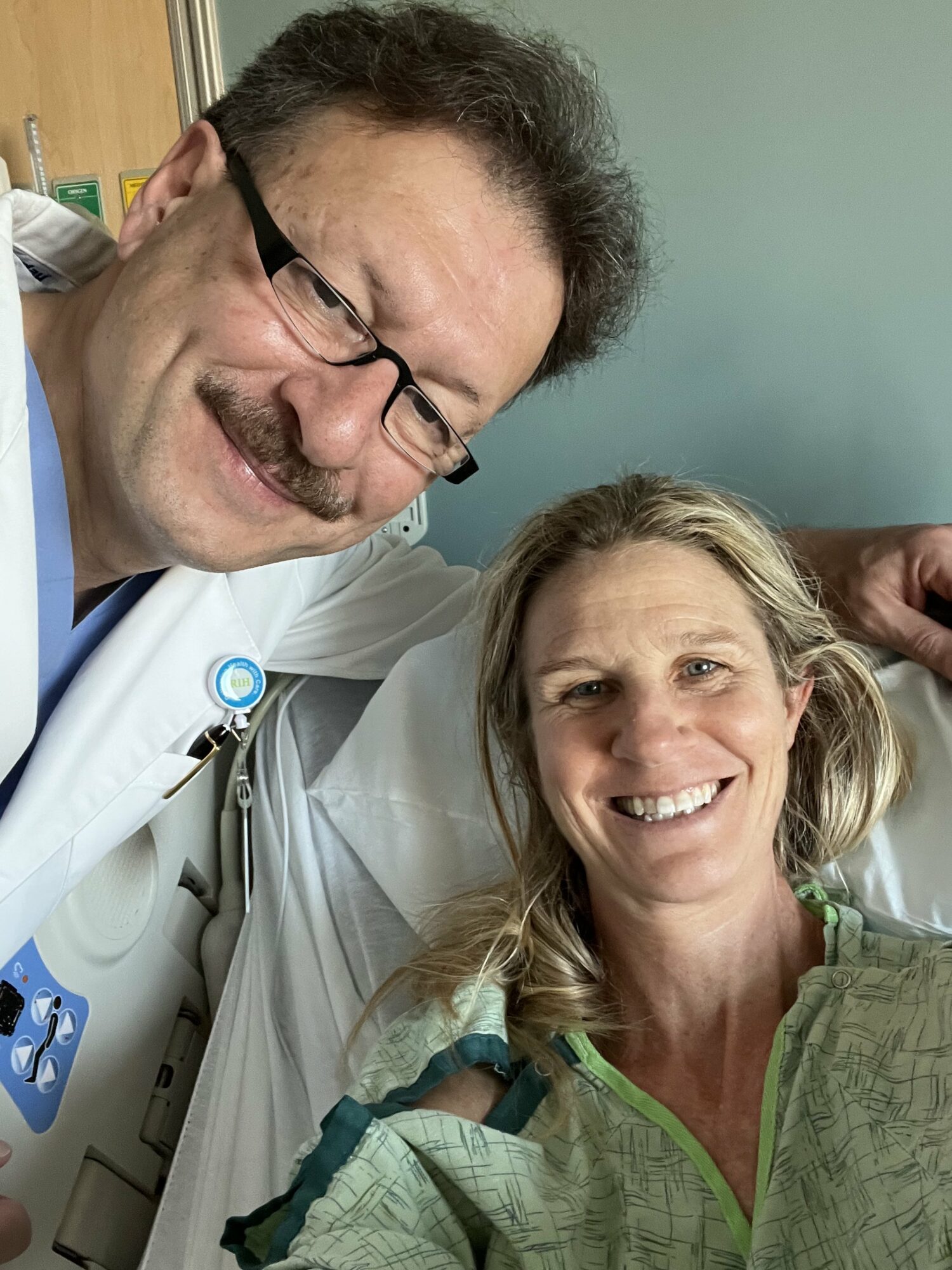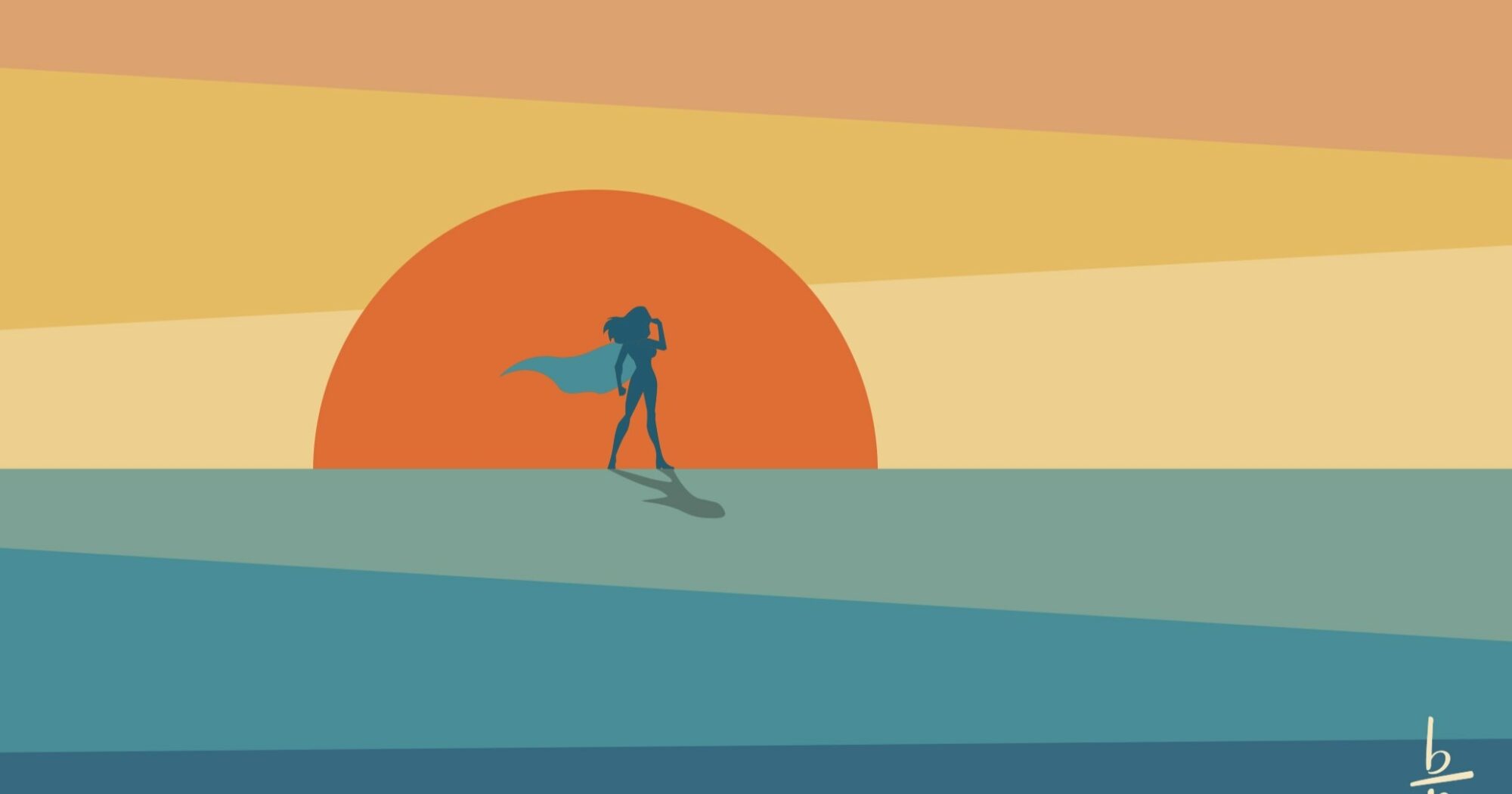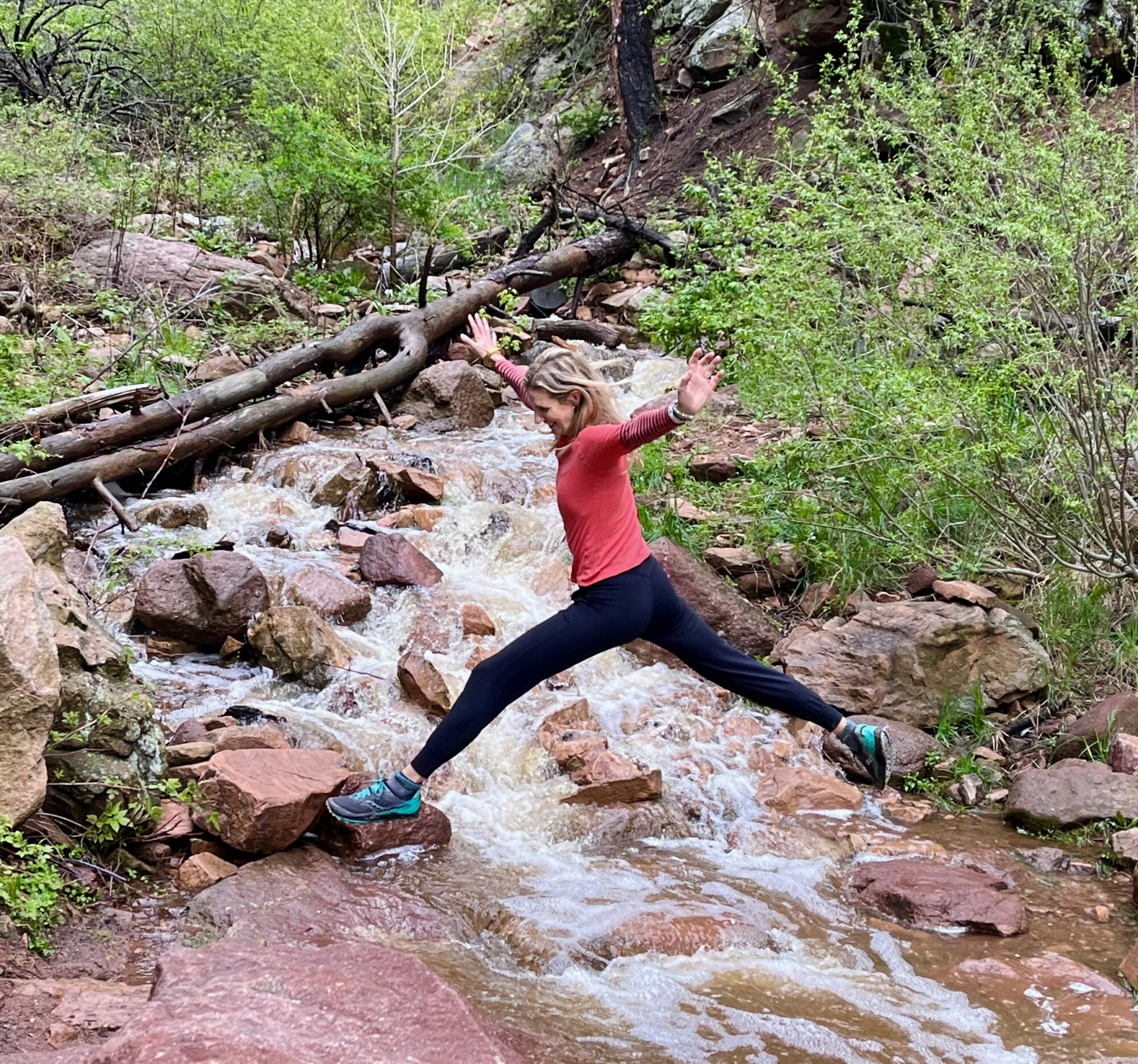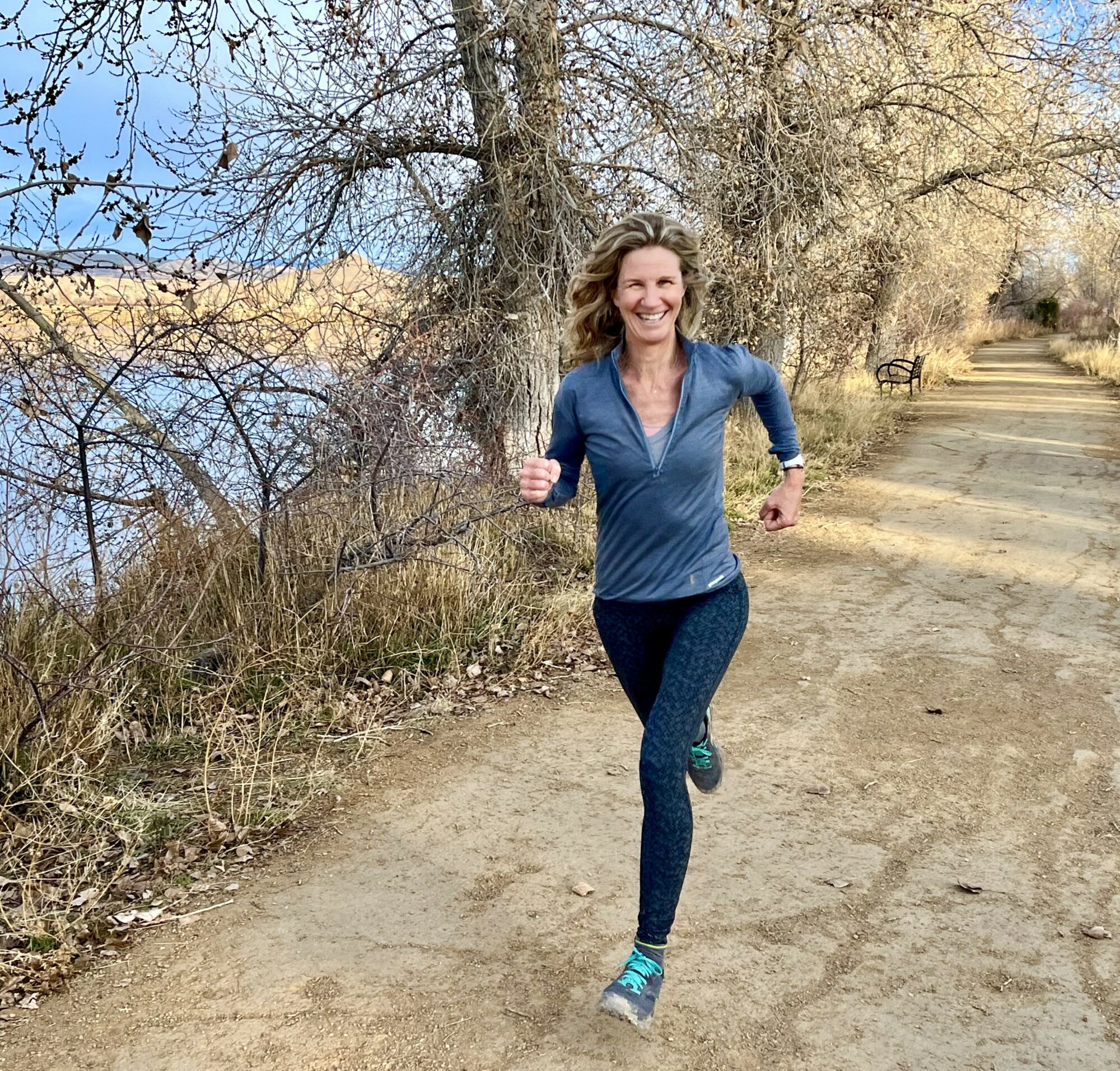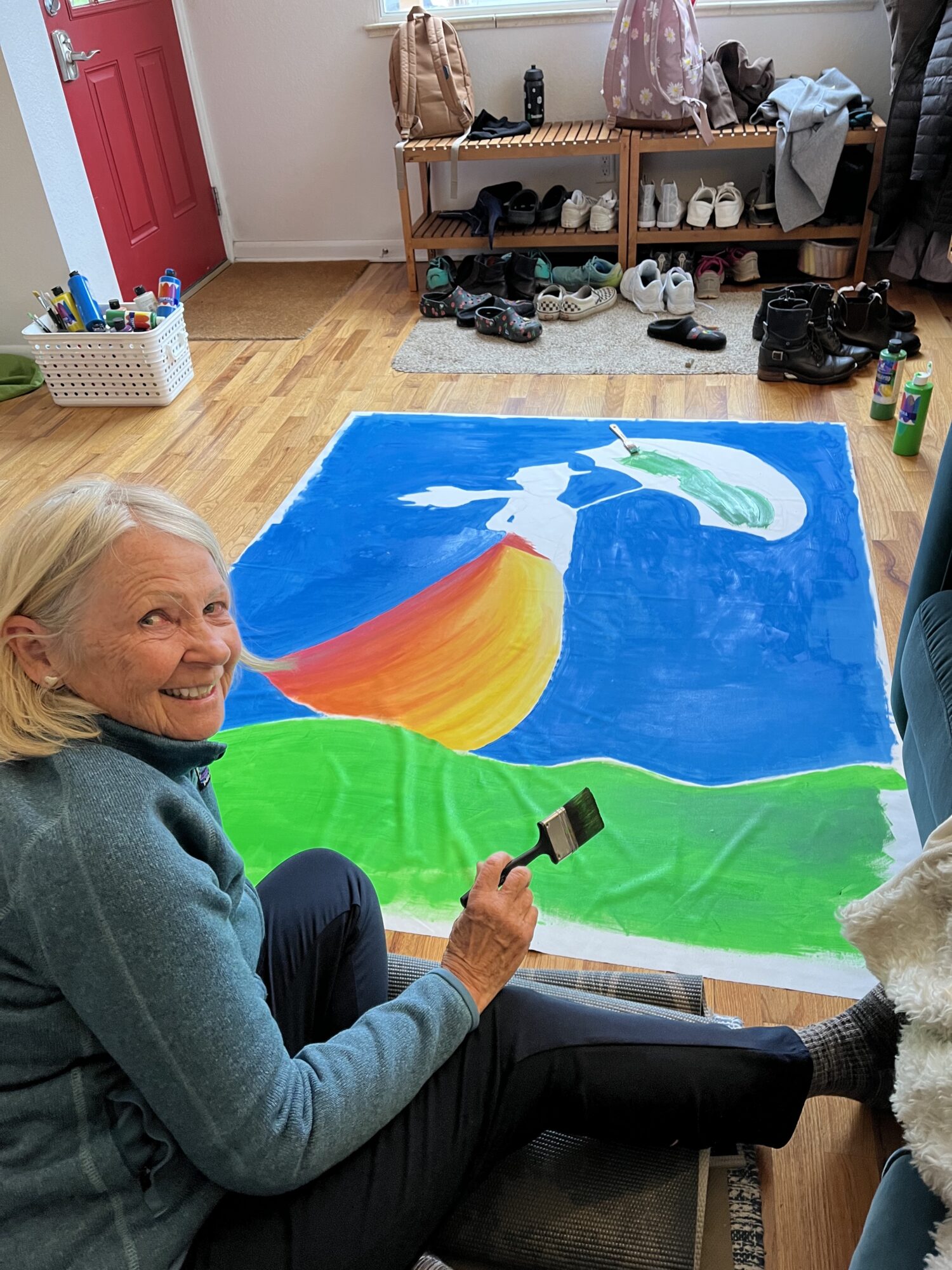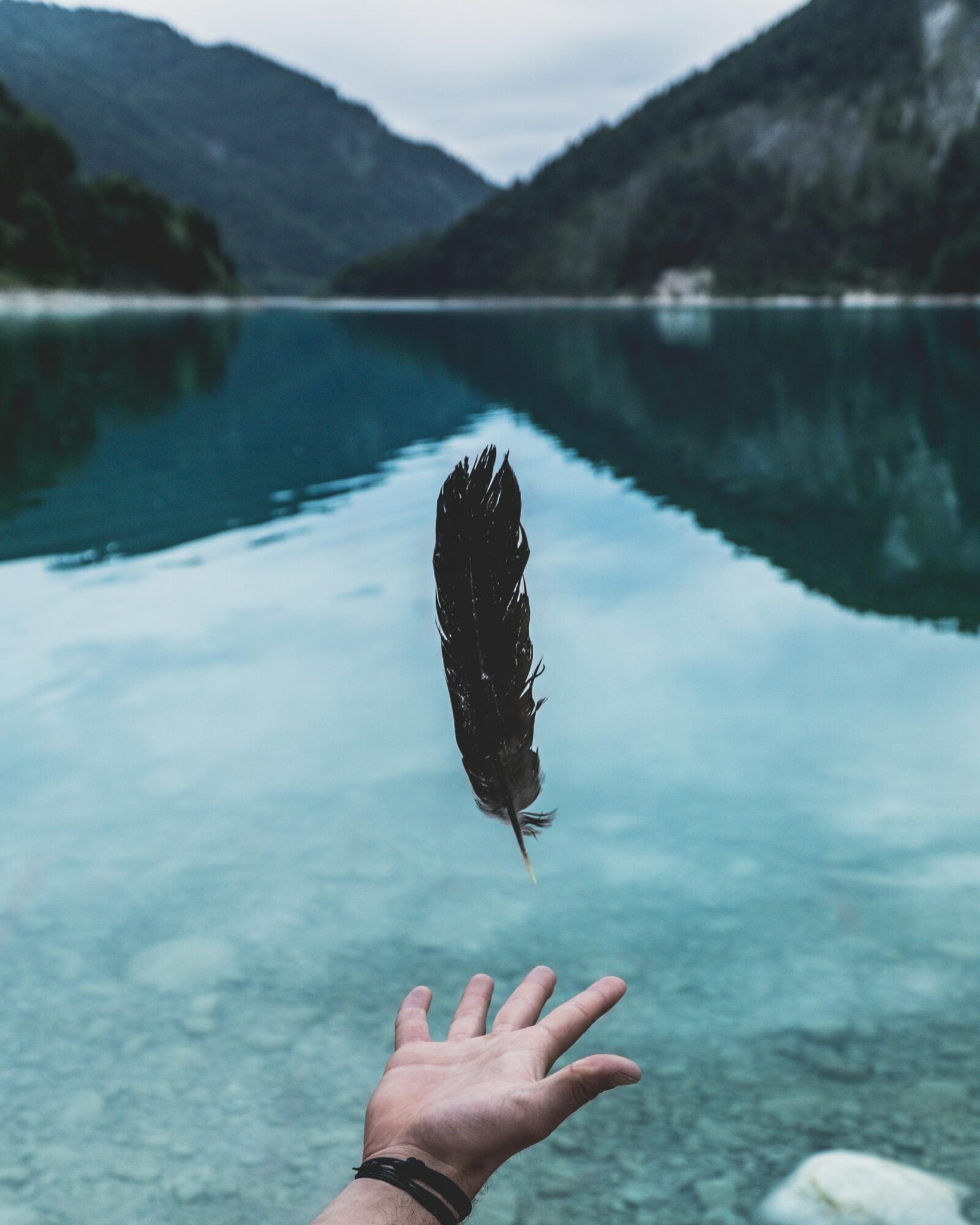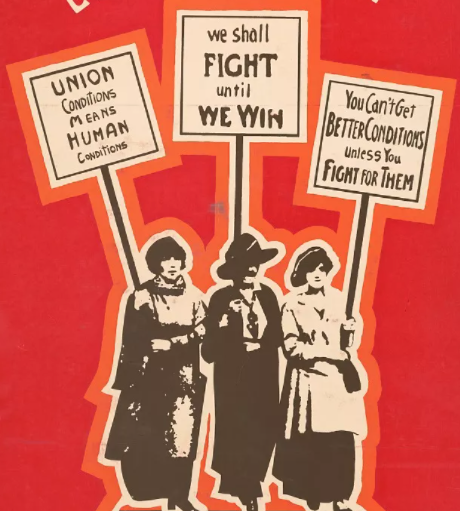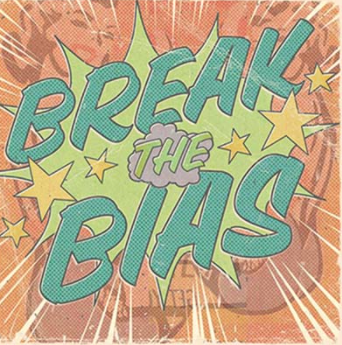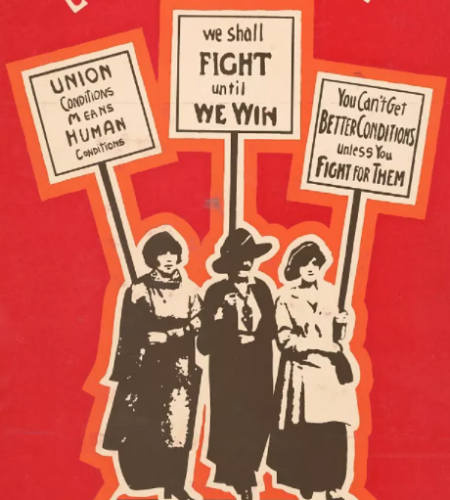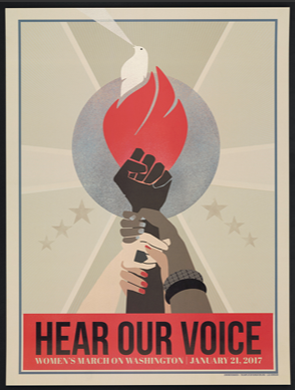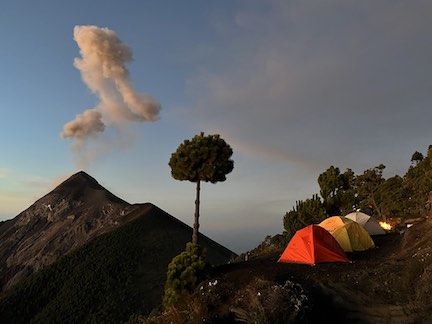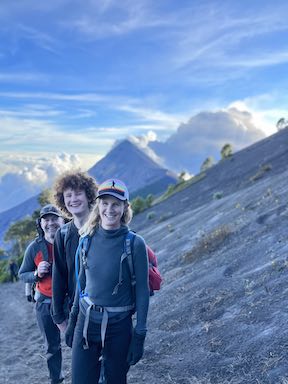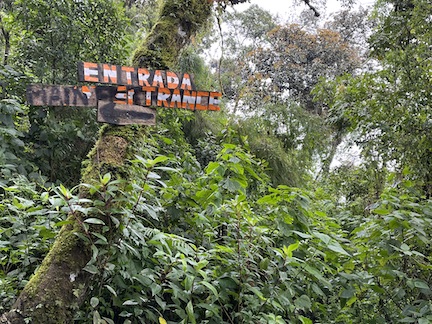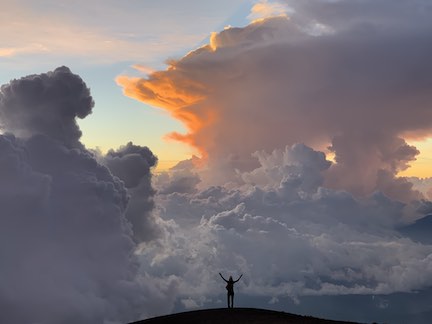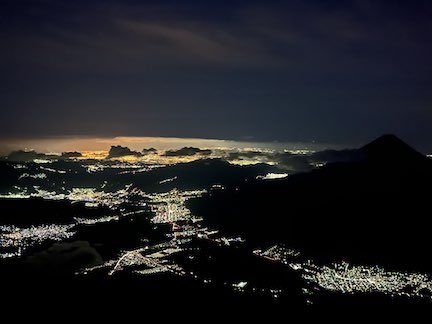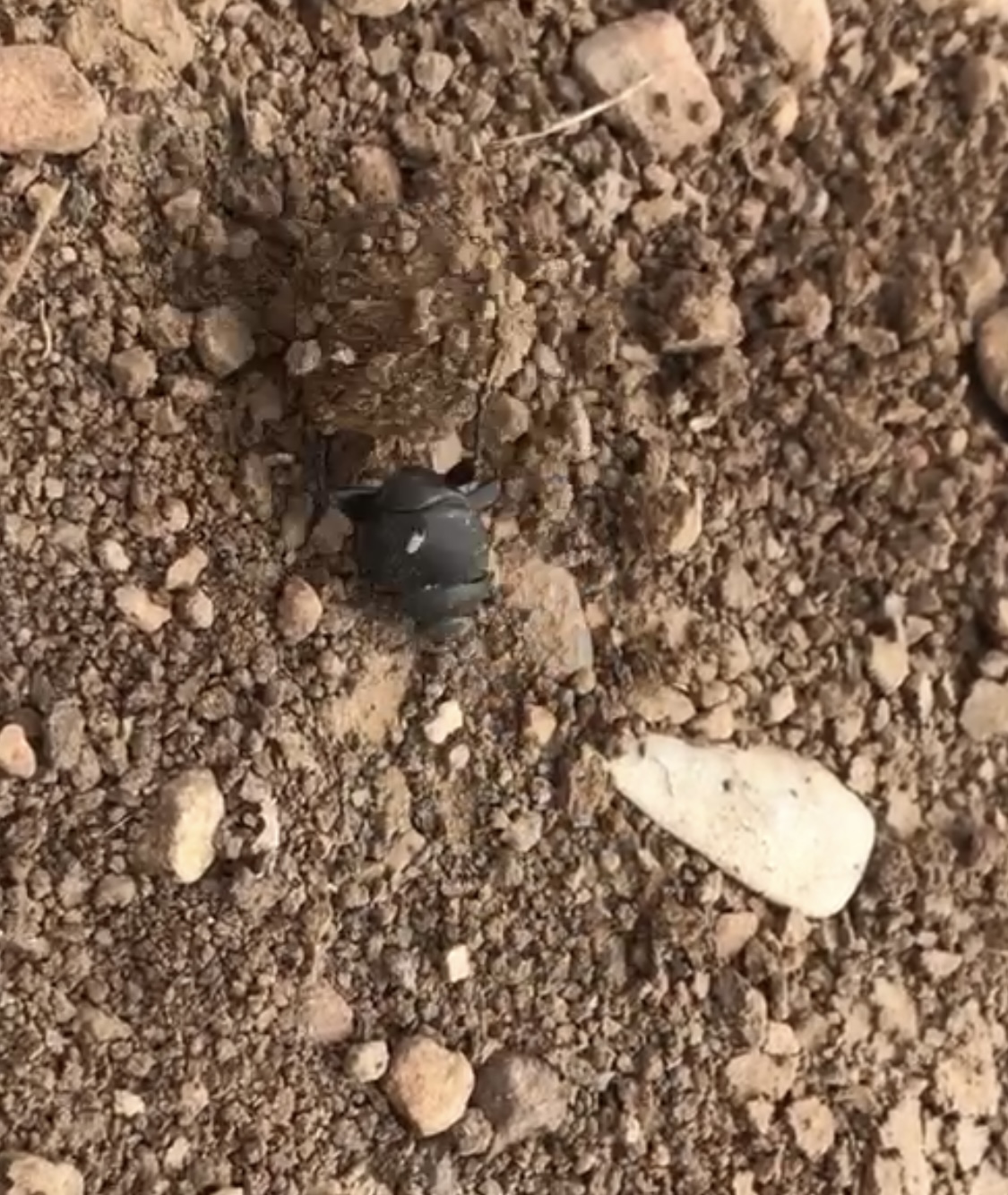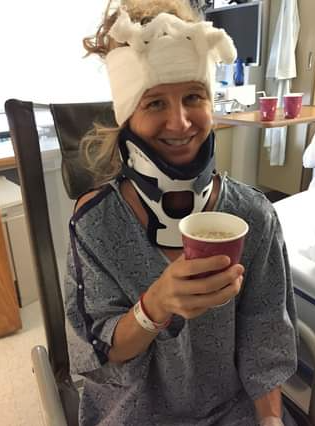There’s a children’s book that sums up my experience with confronting life’s obstacles pretty nicely. Remember Going on a Bear Hunt by Michael Rosen & Helen Oxenbury? A young family sets out on an adventure to find a big bear, only to encounter obstacle after obstacle in their path.
We’re going on a Bear Hunt!
We’re gonna catch a big one!
When life throws one of its many big, scary curveballs at us, we humans tend to want to make it go away. We set off for a cure for the cancer or the broken heart–We’re gonna catch that Big Bear. But our enthusiasm takes us only as far as the first hindrance. In the children’s story, there is one block after another. There’s tall grass, wide rivers, deep mud, swirling snowstorms and gloomy caves. At one point, the family faces a dark forest.
Oh no! A forest!
A big, dark forest.
We can’t go over it.
We can’t go under it.
In April, I learned that another tumor at the base of my spine was growing. The change felt overwhelming and frightening. I did not want to have surgery on my spine, again. It wasn’t that I didn’t want it removed. I did. I couldn’t continue to ignore the intensifying pain that ran like electric eels through my left hip and down my leg. It was that I knew the surgery would be complex, if even possible, and I wanted a shortcut. I wanted to avoid the possibility that I could permanently lose the ability to use my left leg as they chipped stubborn tumor cells off delicate nerve endings. But I also knew I wanted to be back in my body, living fully.
Oh no!
We have to go through it!
If the tumor was removed, and I was alive, was it worth it? Of course. But it was still painful to consider “trading body parts for time,” as writer Laurel Braitman puts it poignantly. The challenge was where the tumor in my lumbar spine was hiding; it hugged tightly to nerve roots that dictate function and strength in my left hip, leg, and toes. A support group I attended on Zoom suggested that my husband deliver my lunch upstairs each day, so I never had to go downstairs again. I walked up and down my stairs that night like an incantation. There was no shortcut. In the picture book, the children make it through the forest this way:
Stumble trip!
Stumble trip!
Stumble trip!
The other challenge was that the area had already been radiated. Getting access to the tumor meant removing bone that tends to crack and crumble after maximum dose radiation. To take out the tumor, I would sacrifice stability. To regain stability, I’d likely need serious reconstruction, limiting mobility significantly. This felt like making it through the forest only to be staring at a wide river.
Oh no! A river!
A deep, cold river
We can’t go over it.
We can’t go under it.
The tumor was not responsive to chemo. I had already received the maximum allowable radiation in that area. No clinical trials were currently an option. But if I did nothing, the tumor would likely grow and sever my nerves on its own.
Oh no!
We have to go through it!
Back to doing research and making calls. Now, I know I am ridiculously fortunate. I’m white, privileged, with excellent health insurance that recognizes that rare diseases require outside-home-state care. The disparity in outcomes between white and black, low and high-income cancer patients is stupefying. It all begins with access. I’m tearfully reminded of this during every frustrating call to insurance companies. Imagine if English were my second language? Or if I didn’t have eight hours to dial and re-dial until I get through to people who can help? We can do so much better. Then someone does. Karina, an insurance associate, approves the scans I need to get the surgery.
Splash splosh!
Splash splosh!
Splash splosh!
Like the children in the story who come across the river, and step across it on mostly-hidden stones, I leaped from one submerged stone to the next. This, it turns out is how we face cancer or any big challenge; it’s not the Big Bear Hunt cure. It’s the “Splash Splosh Stone” approach, focused on progress.
There wasn’t anyone in Colorado with experience with Chordoma. Then Dr. Al-Mefty, my former superstar surgeon, told us he “only” specializes on skulls. Splash. Luckily, he recommended Dr. Gokaslan. Splosh. Dr. Gokaslan would see me. Stone. He set a date for June 14.
Oh no! We have to go through it!
I really, really wanted to back out of this surgery. I wanted to find a shortcut with less suffering. You know, one where I would get to keep mobility and strength, have some summer, and stay tumor-free.
The shift happened for me when I recognized that the obstacles in my path are not in the way of me living, they are living.
They are where I find deep connection, kind humanity, creativity, humor and community. They are where I get to practice being the human I want to become. They are the path. I haven’t failed and my body isn’t failing me, it’s just time to level up and face the next adventure.
Oh-oh! A CAVE!
A narrow, gloomy cave.
We can’t go over it.
We can’t go under it.
Oh, no!
WE’VE GOT TO GO THROUGH IT!
As I waited for the anesthesia to work before surgery, I imagined the similarities between synapses of a nerve, the roots of a tree, and a river delta. 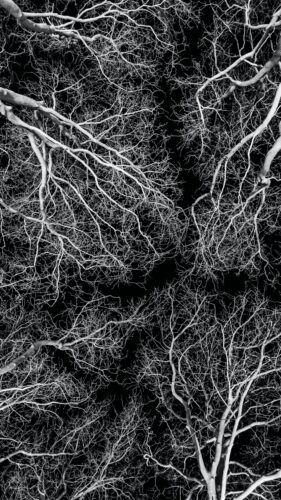
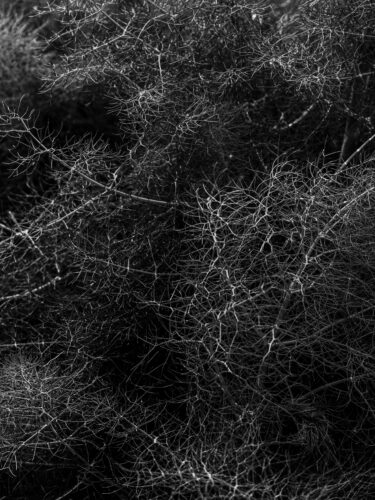
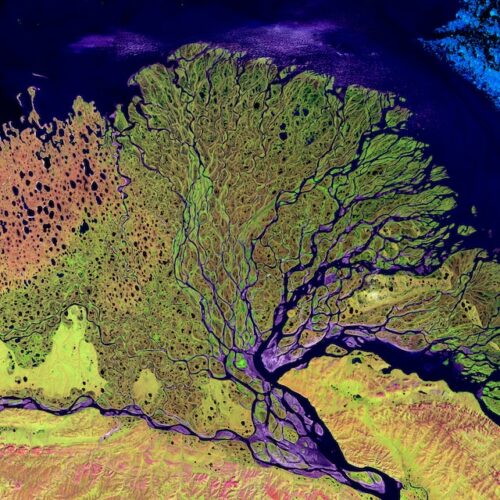
From above, they look the same. Deep, structural resilience. Maybe everything will be better than expected.
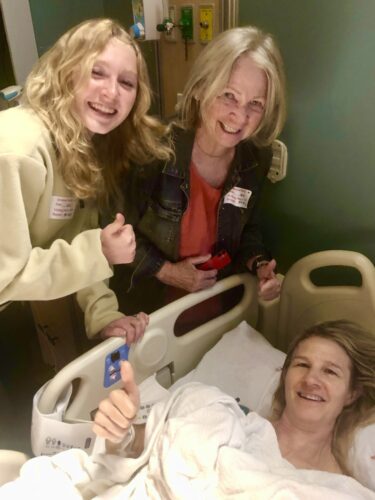
When I woke up post-surgery, I immediately tried to move all my toes. They wiggled easily, equally, and did a little dance. The doctors and I became teary. My nerves somehow weathered the six-hour surgical beating and bounced right back. (My friend Jill points out, “A surgical beating has nothing on kids and what they do to our nerves–so of course they’re tough!”) Ha! Again, what does it take to trust that we have deep, structural resilience? wiggling toes
The children’s story ends in bold lettering: WE’RE NOT GOING ON A BEAR HUNT AGAIN!
We know the truth. We’re getting older, and life keeps throwing us scary curveballs. We’ll have to get out from under the covers, go back through the cave, the snowstorm, the forest, the mud, the river and the tall grass. But we do it because this crazy, beautiful life is worth it. And we do it together to steer for the best possible outcome and the most life along the way.
The adventure draws us back in. It’s no wonder that when the book is over and all is calm, the tiny child you are reading to looks at you with big eyes, pats your hand, and says, “Again!”
Love,
Susie

